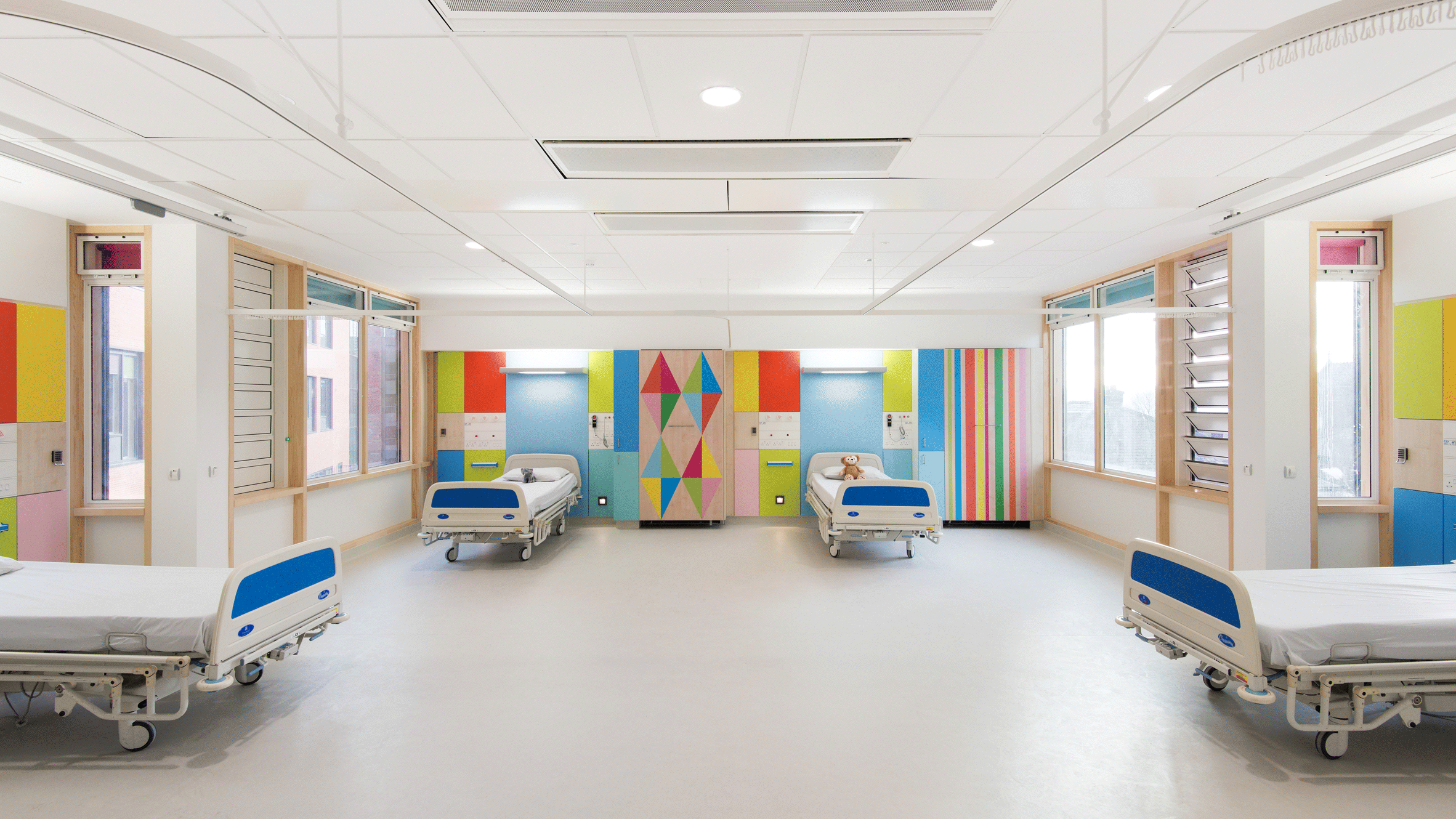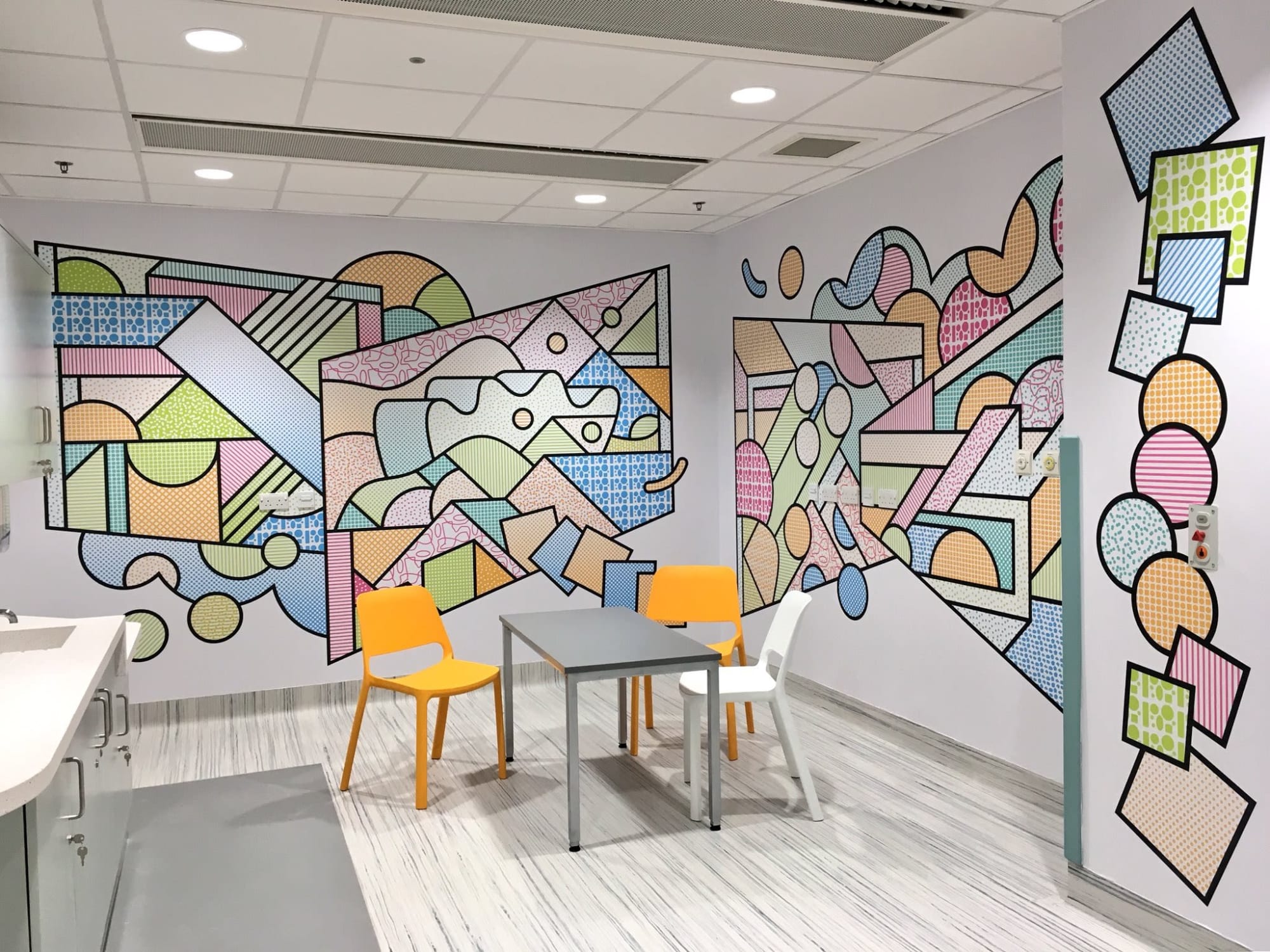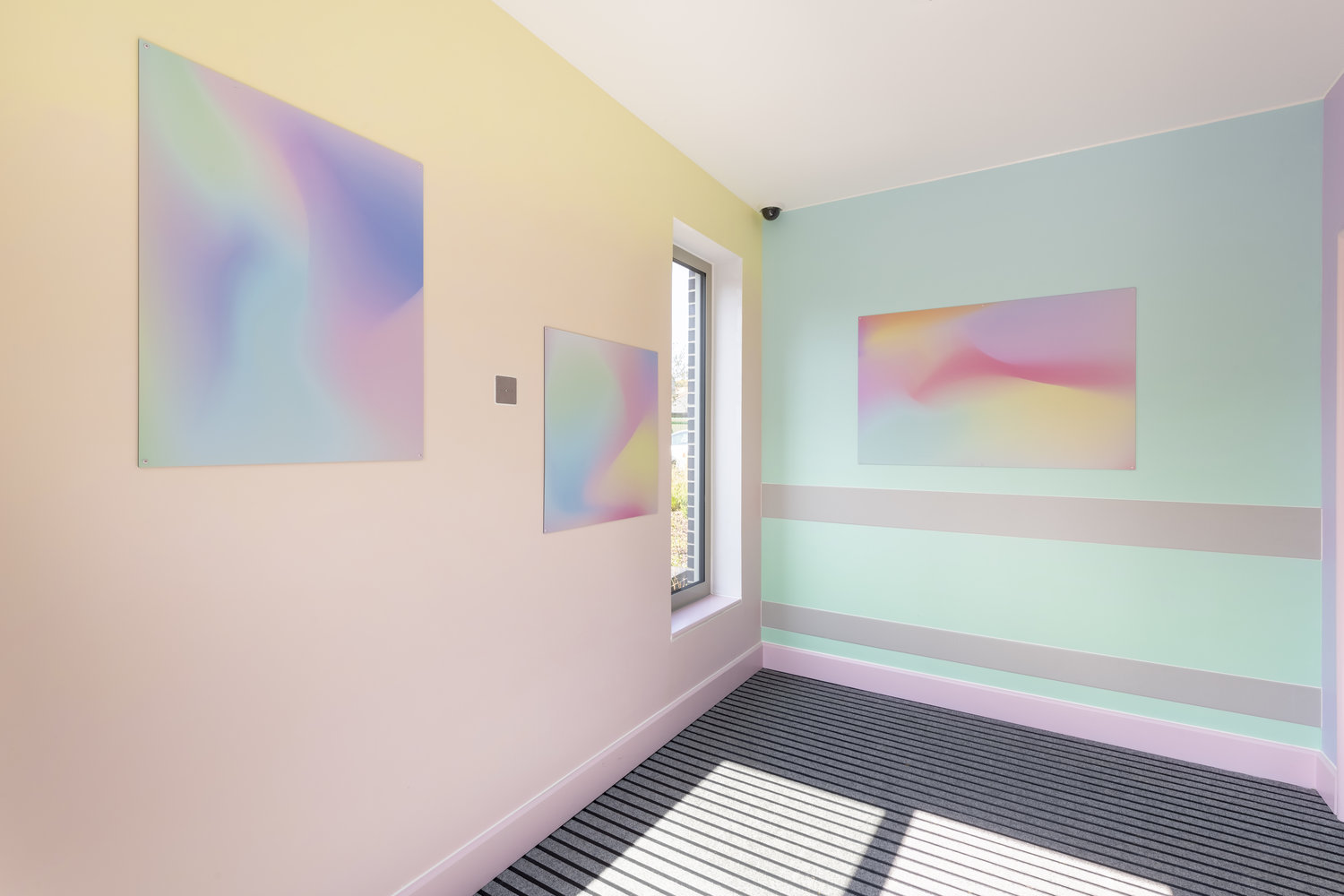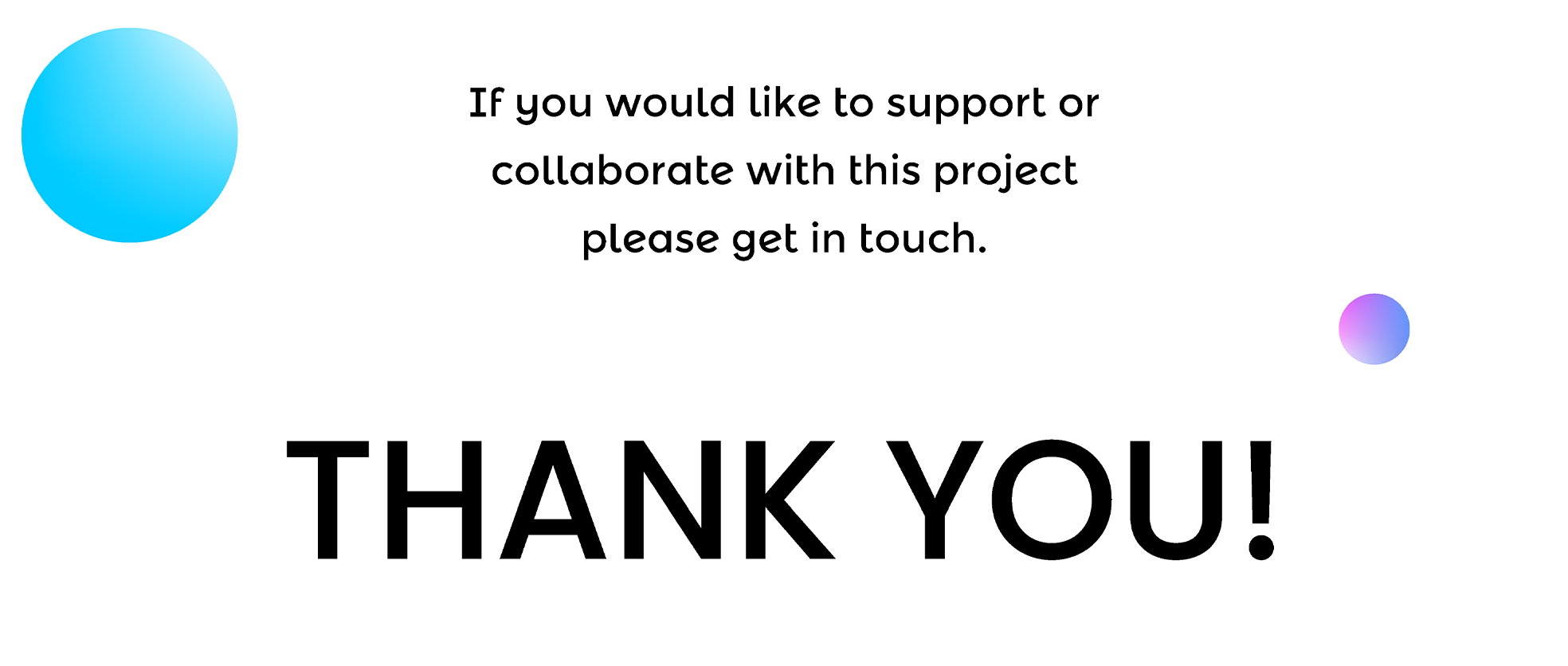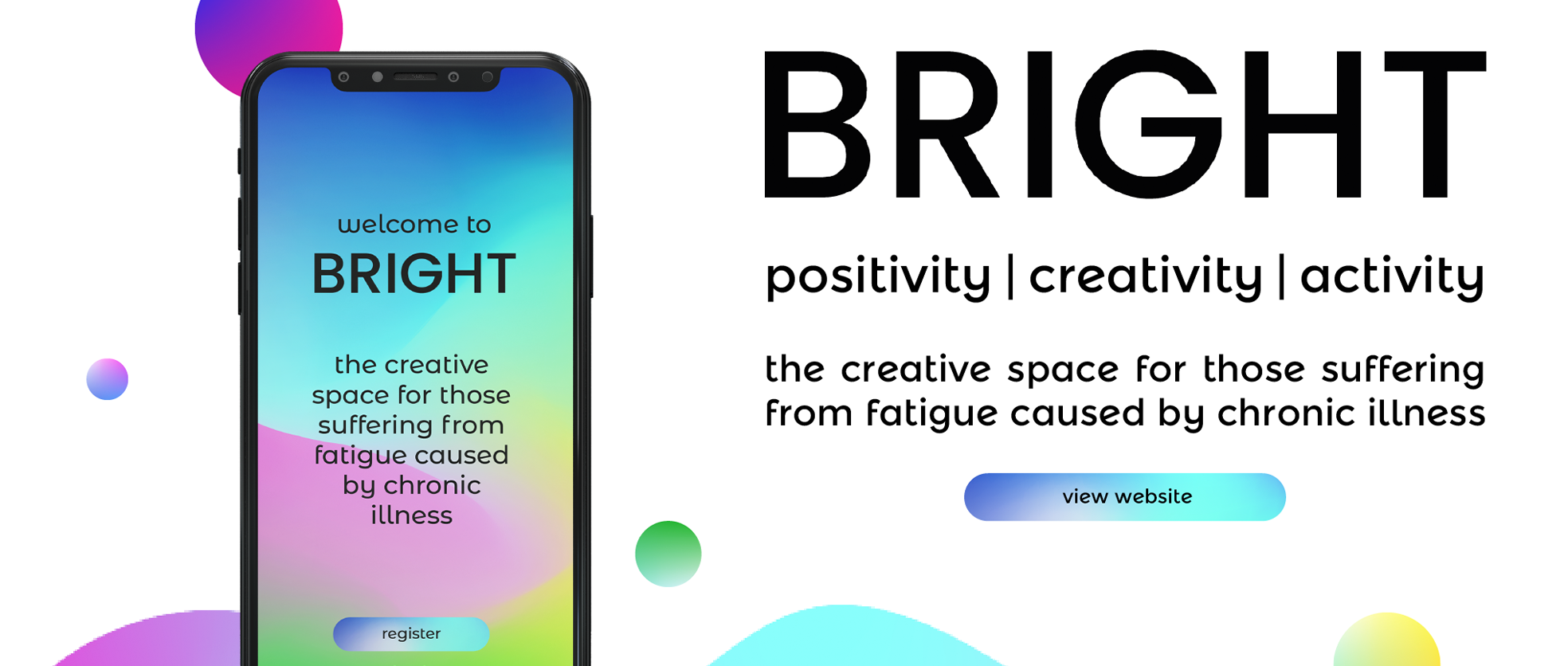Thesis. Phase 1. Week 2.
Last week I looked backwards to find what I was successful at in the past. Looking at some of my best projects and the themes that I focus most on. Looking back though, I keep remembering more projects, big and small, that had so much meaning to me.
Module 4: Self-initiated project – We were asked to come up with our own self-initiated project, similar to what I am having to do now. Looking back at the questions I asked myself was extremely useful. Not only that, but I can see how much I have grown in between then and now. How much I have learnt.
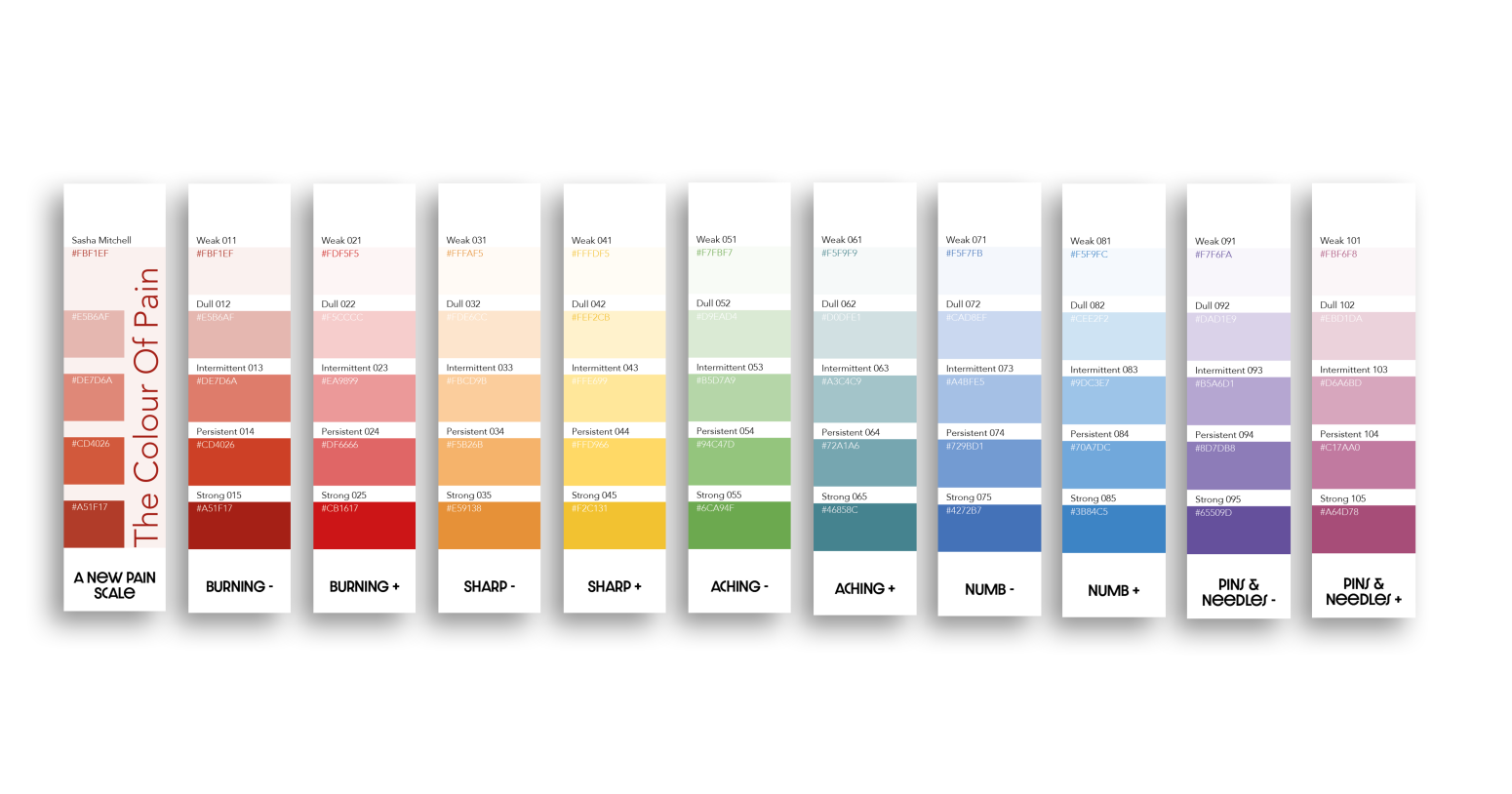
The Colour of Pain – A project that I started for my final major project in my BA. The outcome was a book that told a healthy person what it was like to suffer from chronic pain. I then followed this up for my self initiated project and created a colour swatch that helped describe the pain chronic illness patients were feeling using colour.
I believe I am very close to narrowing down my question, I think I already have it somewhere between all of the ideas that I’ve gathered. Last week I answered the following points.
Who is it aimed at?
- Isolated people
- Homeworkers
- Elderly
- Chronic illness patients
- Introverts or people with social anxiety
- Adults – Age = 18+
- Western countries, more specifically the UK
- What challenges do they face?
- Stress or depression
- Loneliness
- Lack of moral or inspiration
- Mundanity
How might I…?
- Improve mental wellbeing
- Lift spirits
- Make people happy
- Improve the quality of life
- Inspire creativity
What I have learnt is that my initial audience and the problem I want to solve is still the same from my self initiated project, I just want to come at it from a more professional and critical angle.
This week I am planning on giving myself my question first and foremost, even if I decide to tweek it over the next couple weeks. I then am going to be developing a research manual for myself to refer back to for ideas and references.
Ideas.
Colour
- Triggers/correlations > Memories
- Bright/neon
- Light > Darkness > Day and night
- Texture > Tactile > Items (eg Books – Purchased for decor)
- Multisensory > Texture > Sound > Experience >Immersive
Light
- Therapy > Home therapy / self help
- Immersive > Changing the norm
- Psychology of how it affects us
Space
- Small spaces > Isolation
- Interior > Interior design
- How can colour transform space
- Correlation between space and colour
- Affects decorating can have on mental health
The Question
- What positive effect can colour have on mental health?
- What positive effect can colour have on the mental health of those that are predominantly isolated, such as those that have a chronic illness or condition?
Reference List.
Basic Design: Colour – Harris Ambrose – “Different groups in society have different colour associations responses. When attempting to provoke a specific response with a piece of work, a designer must take into account the fact that emotional reactions and instantaneous associations are likely to be culturally specific.”

The black book of colour – Menena Cottin – Seeing without colour

The Secret Lives of Colour – Kassia St Clair

The little book of colour: How to use the psychology of colour to transform your life – Karen Haller – “Nobody seems to know why different cultures divide the colour spectrum differently, [but finding suggest] that the way we see colours is to a large degree dependent on the words that we have in our repertoire for them. And what that implies is that we may very well be seeing the world differently from the way our neighbours see it.”
The Island of the Colorblind – Oliver Sax
Sensortech – Sensophere

Anne Veronica Jessica



